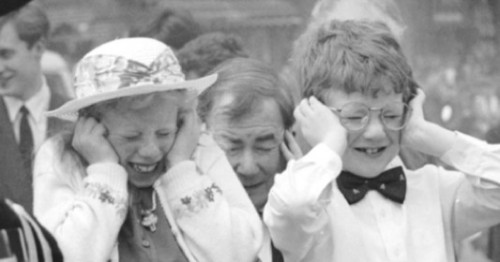
Total Harmonic Distortion (THD) is the standard measurement for the accuracy of audio equipment, particularly audio amplifiers. Unfortunately, it is a poor metric for audio amplifiers for one simple reason: they are intended to be listened to. If the amplifier were intended to drive a precision actuator for an industrial process, for example, then perhaps THD would be a good metric, along with bandwidth, slew rate, settling time, etc.
Lower-order harmonic distortion tends to be perceived much more favorably than higher-order harmonic distortion (the ear naturally generates low-order harmonic distortion). This leads one immediately to at least consider a harmonically weighted distortion metric. In fact, such a metric was proposed as early as 1937 by the Recording Manufacturers’ Association of America, however such metrics have seen little, if any, practical application. No doubt this is due in part to the many different choices for harmonic weighting functions, frequency dependent factors, etc. – there are no such choices with THD.
Fairly recently a metric has been proposed that seems to have very good correlation with subjective impression. This is the “GedLee Metric” by Earl Geddes and Lidia Lee of GedLee LLC. Here are the first and second parts of the relevant AES papers. There is a tremendous amount of momentum to overcome for a metric such as this to ever gain traction in the audio industry. Especially resistant will be any manufacturers that stand to have their specifications suffer by it. For example, low THD linear amplifiers that have made use of large amounts of global feedback, with little attention given to the linearity of the open-loop transfer function, may look poor in the light of this new metric.